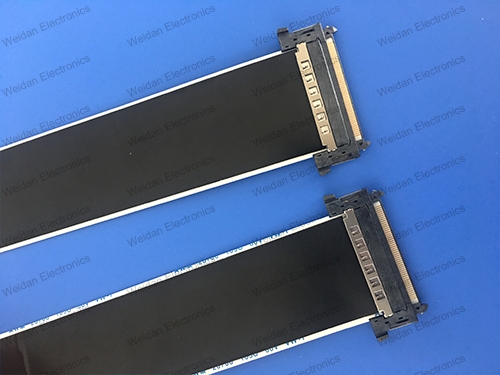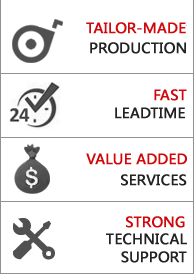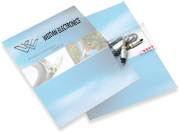 |
WD-LVDS-001 4K LVDS FFC/FPC V-by-one Screen Cable Shield Fir-51p/Fir-51p
1.LVDS
|
- NETWORK
CABLINGAdvice, quotes, order tracking, personalized prices... Please Call our technical hotline on 0086 574 88086140 (cost of a local call) - AUDIO &
VIDEOAdvice, quotes, order tracking, personalized prices... Please Call our technical hotline on 0086 574 88086140 (cost of a local call) - COMPUTER
CABLEAdvice, quotes, order tracking, personalized prices... Please Call our technical hotline on 0086 574 88086140 (cost of a local call) - ANTENNA & SATELLITE
COMMUNUCATIONAdvice, quotes, order tracking, personalized prices... Please Call our technical hotline on 0086 574 88086140 (cost of a local call) - POWER
CORDAdvice, quotes, order tracking, personalized prices... Please Call our technical hotline on 0086 574 88086140 (cost of a local call) - WIRE &
HARNESSAdvice, quotes, order tracking, personalized prices... Please Call our technical hotline on 0086 574 88086140 (cost of a local call) - SOLAR PANEL &
PV CABLES - LINEAR
SCALE - SPECIAL
CABLESAdvice, quotes, order tracking, personalized prices... Please Call our technical hotline on 0086 574 88086140 (cost of a local call) - NEW
MATERIAL






